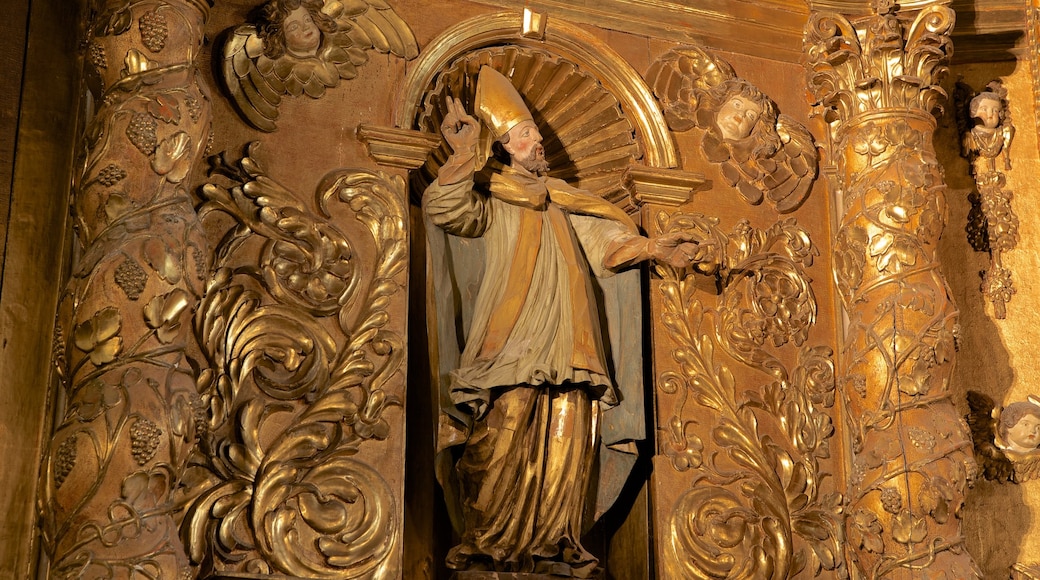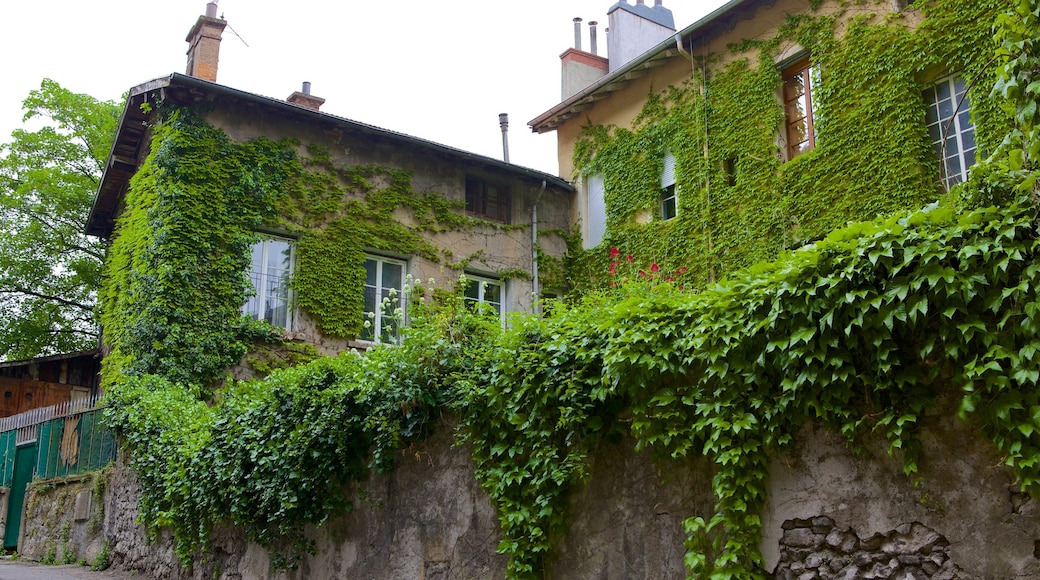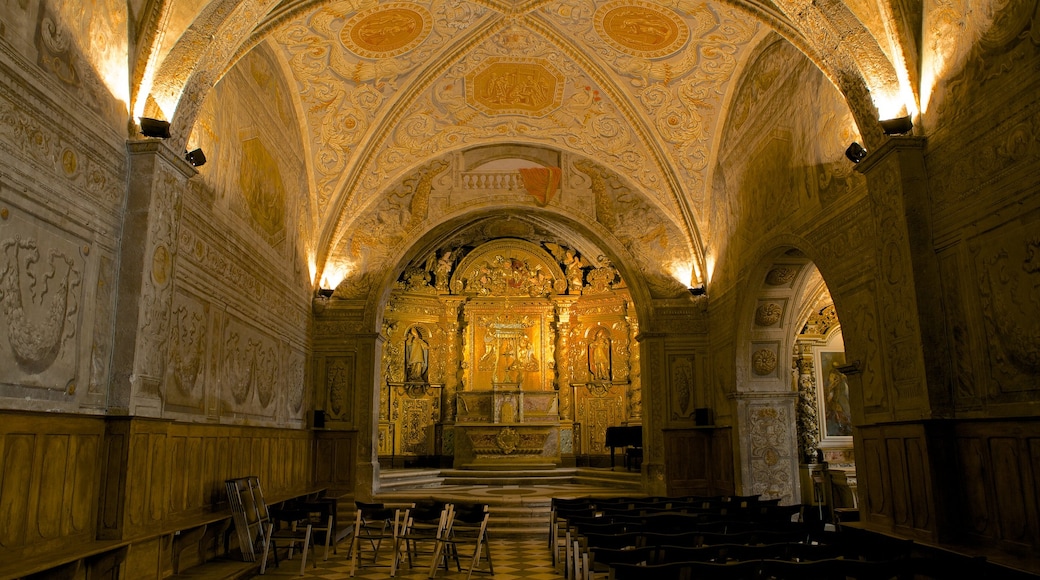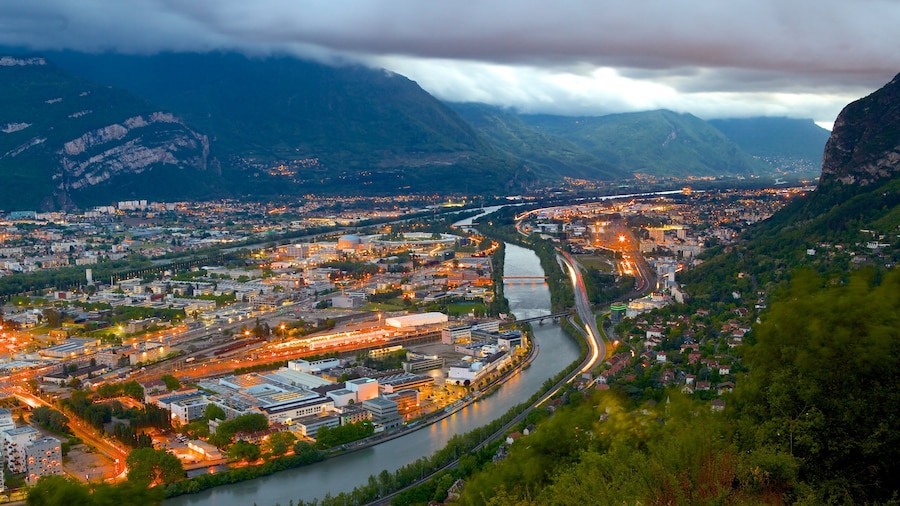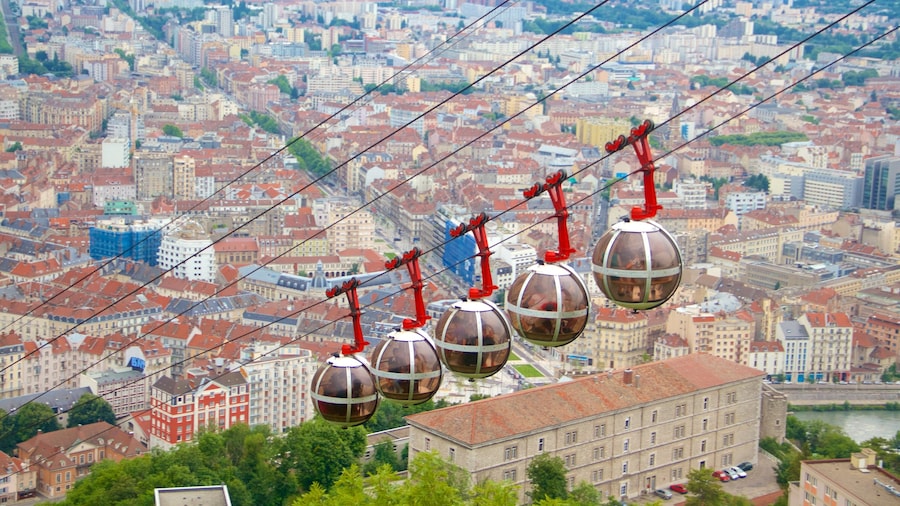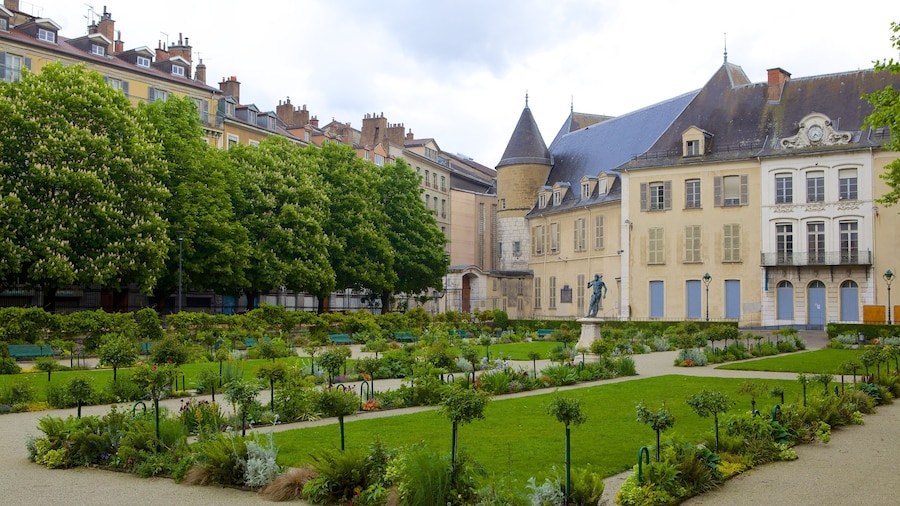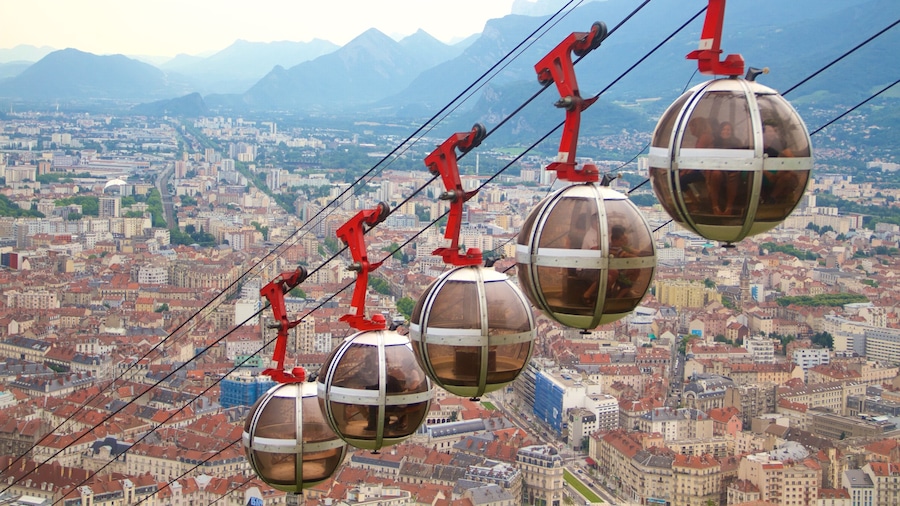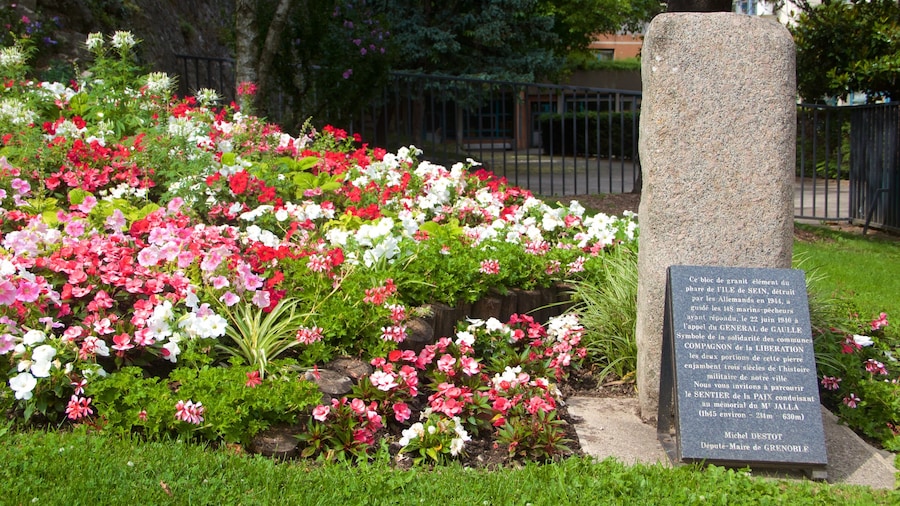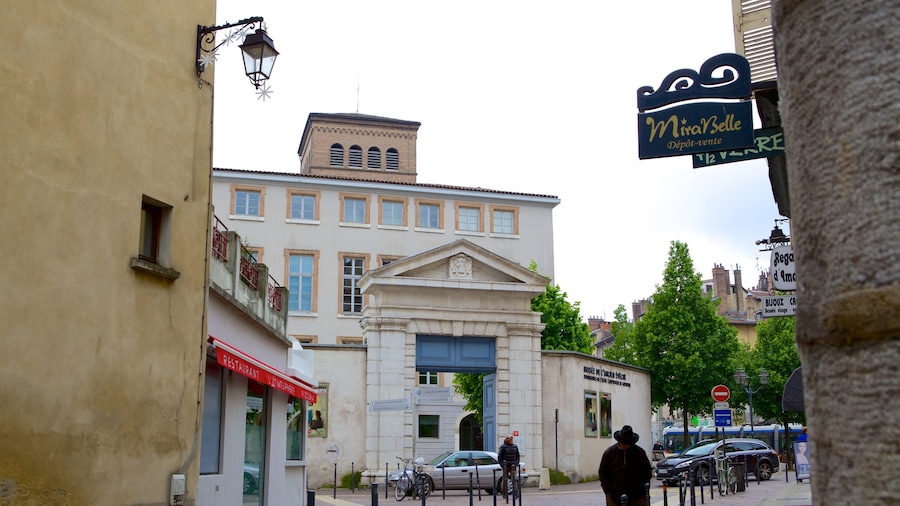Set in a picturesque 17th-century convent, this museum offers a revealing insight into the culture and traditions of the former province of Dauphiné.
The Dauphinois Museum presents an overview of everyday life in the Alps throughout history through its intriguing collection of Alpine ethnographic and archeological artifacts. Investigate prehistoric flint tools used by the region’s earliest inhabitants, just some of the more than 100,000 objects on-site. Aside from the impressive collection, the museum’s hillside setting, peaceful cloister gardens and gorgeous Baroque chapel add to its allure.
Start by viewing the permanent exhibitions, which are helpfully labeled in both French and English. These diverse artifacts range from grand Roman stone epitaphs to carved wooden bread markers used to distinguish each local family’s bread. The museum’s first floor includes an exhibition dedicated to the history of the building, which formerly housed the Ste-Marie-d'en-Haut convent.
Learn more about the lives of Alpine people at the Gens de l’alpe exhibit, which features historic Alpine tools, furnishings, folk arts and traditional crafts. This area also exhibits replica rooms and houses that have been recreated to resemble the living conditions of Alpine people in centuries past.
Look for the special exhibition that showcases this region’s long history of skiing. The exhibit examines the development of this much-loved sport from its earliest days to the most recent innovations. The museum also houses several rotating temporary exhibitions, which have ranged from the history of French lingerie to an overview of the creations of 18th-century inventor Jacques Vaucanson.
Wander through the cloister gardens attached to the museum, where you can admire the building’s beautiful old exterior. Walk to the outdoor terrace to see gorgeous views over Grenoble and the surrounding mountains. Bring a packed lunch and eat your meal here while enjoying the scenery. Be sure you also visit the chapel of Sainte-Marie-d'en-Haut, a rare surviving example of Baroque art in Grenoble.
The Dauphinois Museum is located at the foot of the hill below Fort de la Bastille. Look for a staircase leading up the hill to the museum be prepared for a steep climb to the top. Admission to the museum is free.

